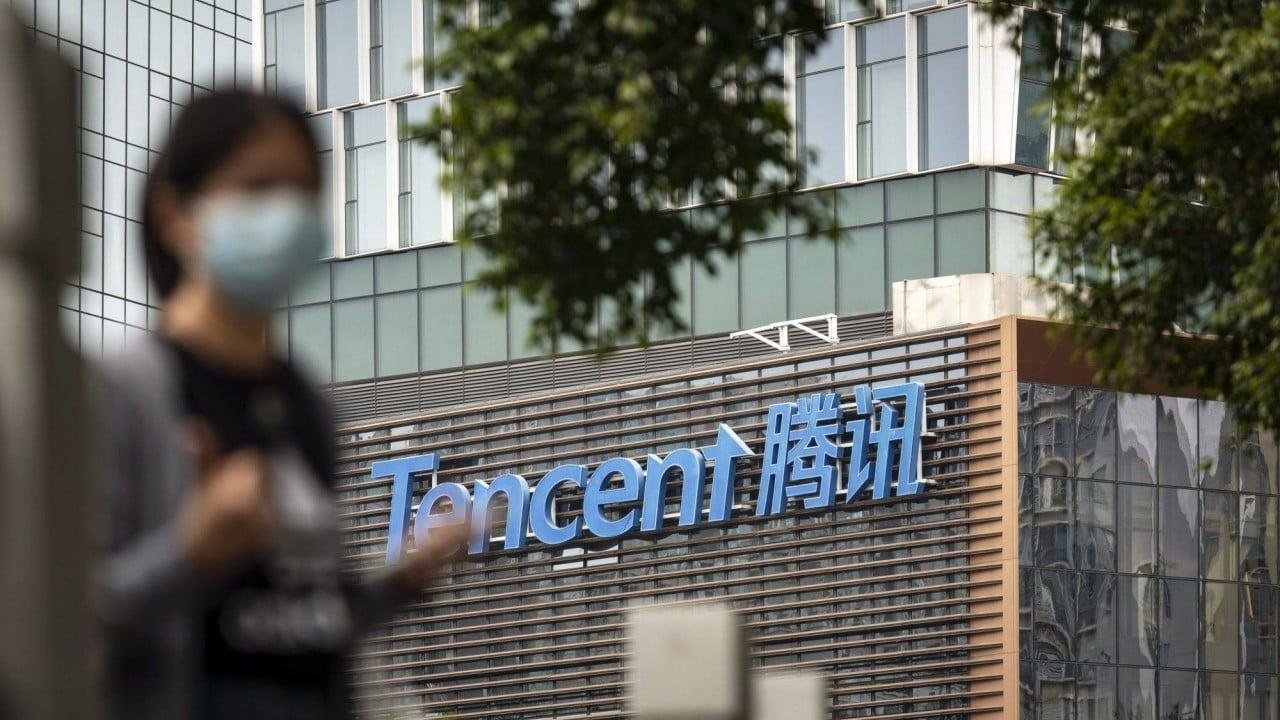
Amid tighter US restrictions on chip technology exports to China, Beijing is pinning hopes on RISC-V as an alternative to the proprietary Intel and Arm standards. Under the current export control regime, for instance, Arm cannot export its advanced Neoverse V series chip designs to Chinese companies, according to an industry insider. Arm’s restriction was first reported by The Financial Times, citing sources.
The restrictions might threaten the chip ambitions of Chinese tech giants such as South China Morning Post-owner Alibaba, Baidu, ByteDance and Tencent- all with plans to design in-house chips. Tencent, which set up an in-house chip design unit named Peng Lai Lab in 2020, released three in-house-developed semiconductors, including an AI accelerator for cloud-based servers, in November 2021.
RISC-V International publishes open standard instruction set architecture (ISA) based on US-origin reduced instruction set computer (RISC) principles, first developed by UC Berkeley professor David Patterson in 1980. Over the years it evolved through four versions, from RISC-I to RISC-IV, before the advent of open-source RISC-V in 2015. Since then, its global popularity has grown due to its open-source nature.
At the RISC-V Summit in December, the organisation’s CEO Calista Redmond said there were “billions” of RISC-V cores in the market, and that the trend would continue as companies and countries around the world embrace the architecture.
“Our vision for 2022 was to bring RISC-V everywhere, and that has really come to fruition with RISC-V adoption and development in everything from automotive to aerospace to the data centre, as well as consumer devices,” said Redmond.
A prototype RISC-V chip. Photo: Handout
The non-profit organisation moved its headquarters to Switzerland in 2020 to avoid potential US trade regulations. Redmond said in an interview early this year with British tech media The Register that the group was “not required to block anybody from engaging and participating”.
Arizona-based research firm Semico estimated that the number of chips that include at least some RISC-V technology will grow at an annual rate of 73.6 per cent through 2027. RISC-V International said it recorded a 26 per cent year-on-year growth in membership this year, with current membership numbering more than 3,180 across 70 countries.
However, analysts say RISC-V alone cannot remedy China’s weakness in chip technologies as the country still relies on imported tools and software for design.


